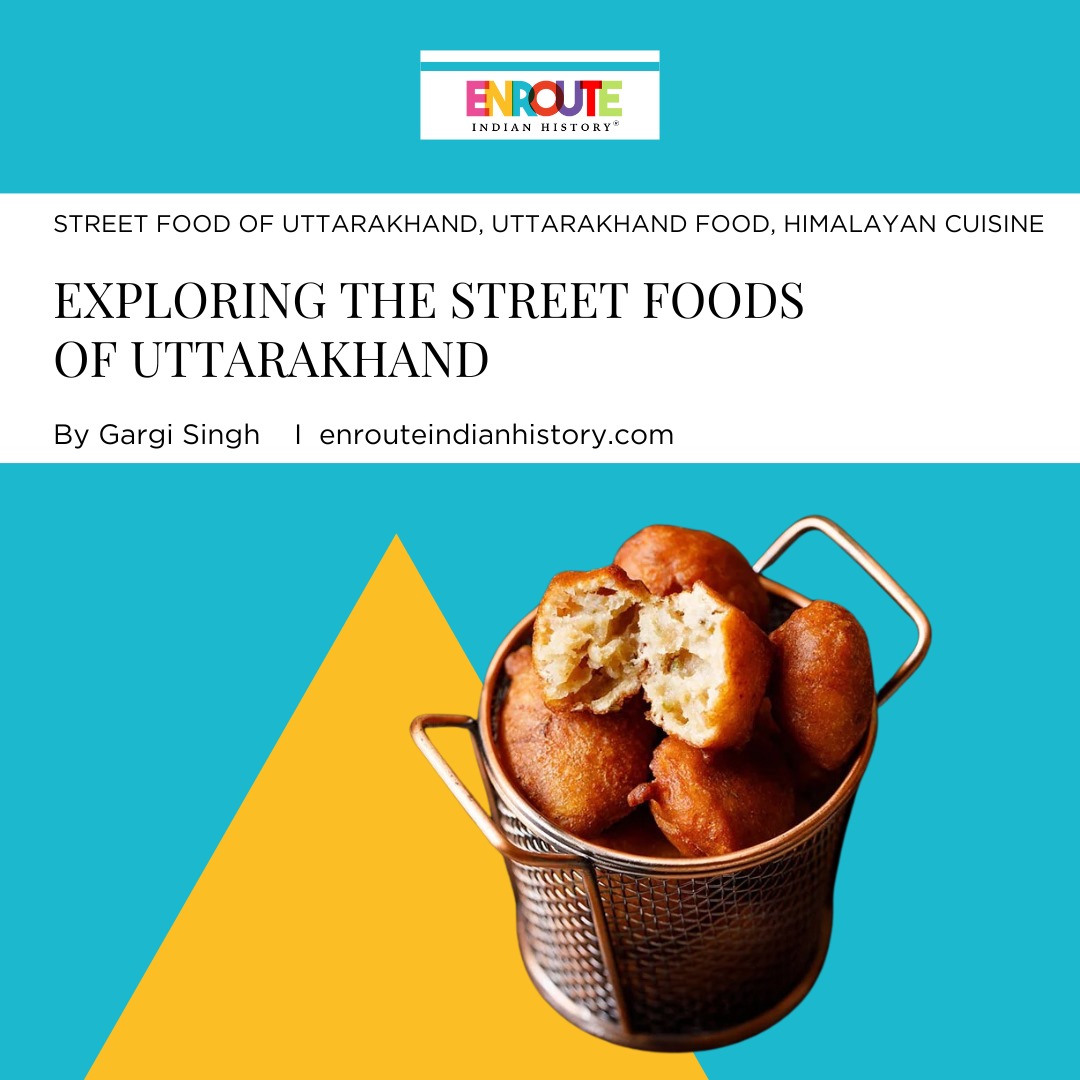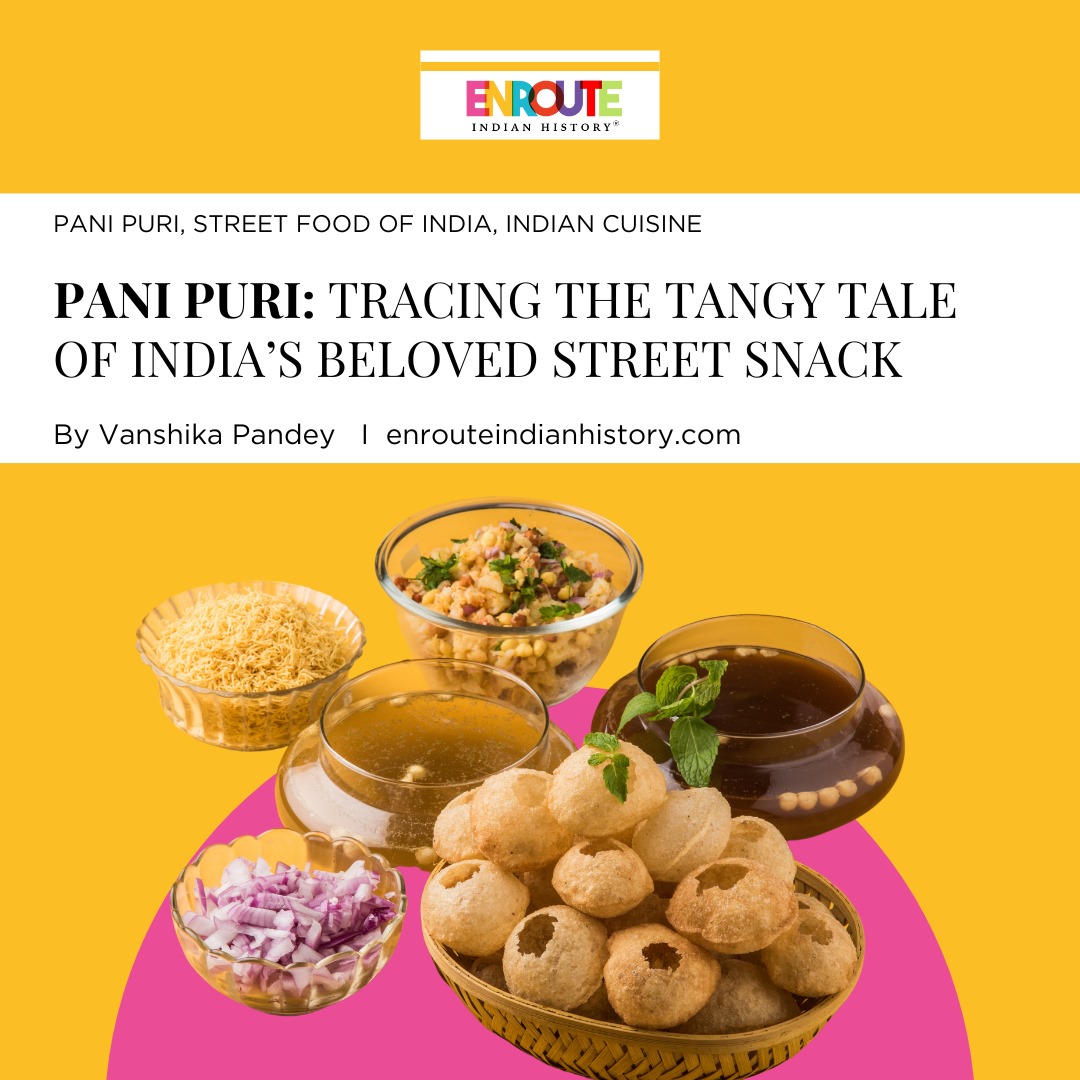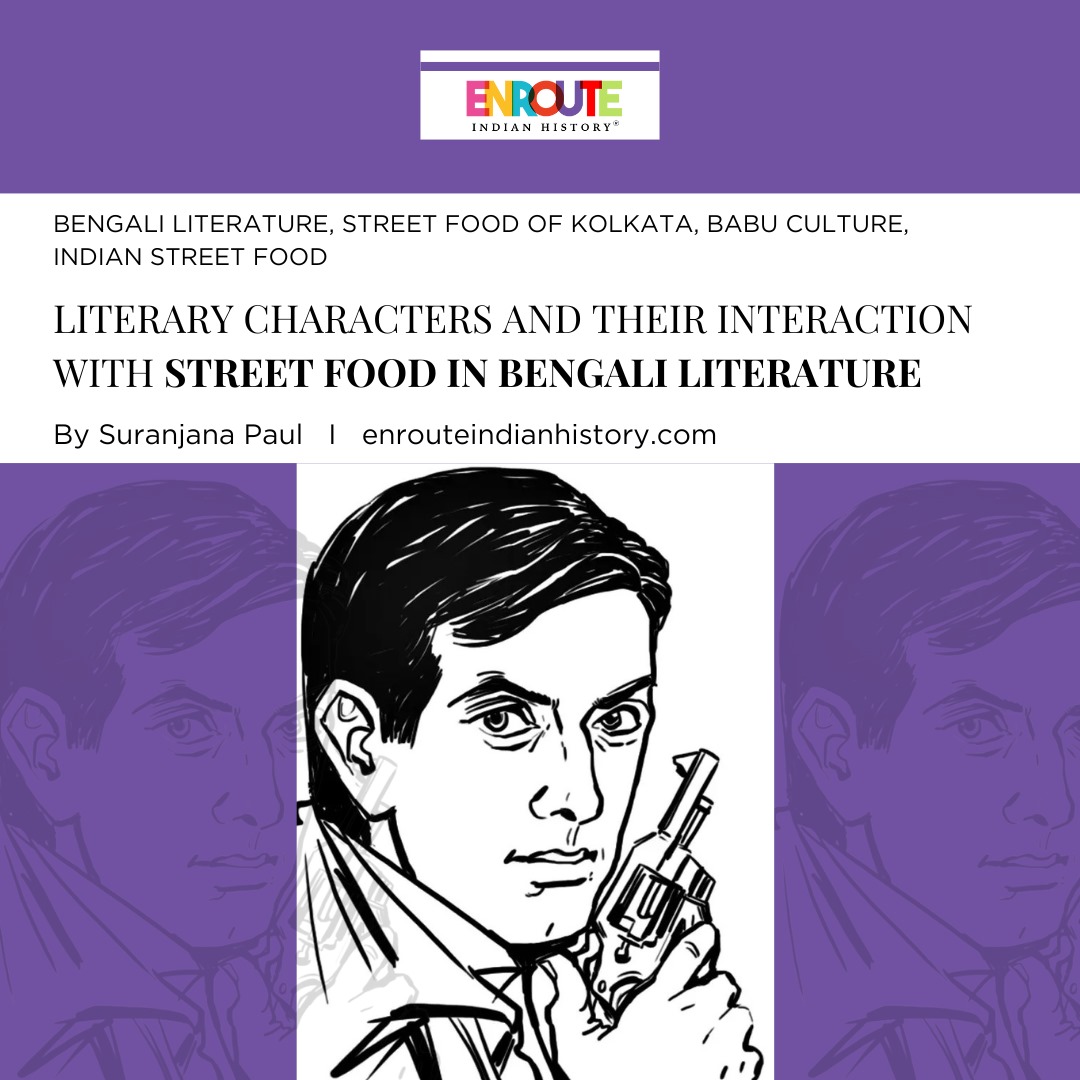Kafan: The History and Presence of Shroud in Indian Culture
- enrouteI
- April 3, 2024

“We stopped being apes when we dug our first graves. It was the birth of civilization. And it will be its end when we cease to honor those who came before us.” The rituals of societies around honoring and remembering the dead across the world are elaborate and complex, suggesting a long tradition of death rituals throughout the globe. Just as our lives are an expression of our beliefs, culture, and individual values, our death is a moment marked by outward symbols of our identity. Amongst the various ways we pay our respects to our dead, a common element is formed by the shroud, a piece of cloth that covers the body of the deceased. From Hinduism, Buddhism, and Jainism to Islam, Christianity, and Judaism, each religion has its own material, make, and ritual for offering the shroud. In the Indian context, this piece of clothing is called “Kafan” or “Chadar” (sheet) and has a bewildering presence that transcends the arena of post-death rituals.
The History of Shrouds

A Procession in Banaras, Deceased Wrapped in Red Shroud (Source: BBC)
According to anthropologists and historians, the tradition of shrouding the dead is a ritual known to early humans. Making covers from the hide of animals they hunted, the leather pieces can be seen as the predecessors of Kafans. Cotton and linen cloth pieces were used by Egyptian and Chinese societies for wrapping their dead in the process of mummification. The importance of shroud however reached its peak with Christianity and Islam, where the cloth to cover the dead became an integral component of the post-death ceremonies. Covering the body of the deceased with a plain white cloth symbolizes sacredness and purity, and is seen as a duty of anyone who is performing the last rites. Browsing the web today, one can order a Kafan (the wonders of the World Wide Web!) today, but in the earlier decades given the socio-economic realities of our country, finding the Kafan could be a laborious task for many. The struggle of the poor and underprivileged to obtain the shroud left a lasting impression on the imaginations of Indian writers, who penned several poignant tales around this seemingly simple piece of cloth.
Kafan and its Symbolism in Indian Literature

Kafan by Premchand (Source: Kobo.com)
Premchand’s Kafan or Shroud (published 1936) is a Hindi literary masterpiece, a short story in the last days of the author written on the campus of Delhi’s Jamia Milia Islamia (SHUKLA 2023). Using the Kafan or shroud of a dead woman as the backdrop, the writer throws light on the dilapidating moral and economic conditions of a lower caste family searching for a Kafan for one of them. Consisting of Gheesu (father), Madhav (son), and his wife, the family is brought to the audience during the passing of Madhav’s wife, who was the sole bread-earner in the family of three. Underlining the reluctance of the two men to do any work, how they accept yet overlook the contribution of a woman and in the end, are unable to buy her even a piece of cloth for her last passage, Premchand creates a riveting story around death, loss, and human fallacies (Premchand).
In another story titled “Kafan Chor Ka Beta” (the Son of Shroud Thief), Usha Bala uses the piece of cloth as a running thread, describing the life of the son who has seen the misdeeds of his father and lives a life of goodness and humanity by not only becoming a successful man but being a kind-hearted human being, buying Kafan for those who could not afford the cloth for last rites, in the memory of his father. Both literary pieces discussed here employ the emotional and ritual value of the cloth for the society, to drive home their messages.
The story by Premchand due to his popularity and the heartrending effect became a much-discussed work after his death, leading several filmmakers and play-directors to make movies and performances based on it. Social scientists too have interacted with the sociological, economic, and cultural elements of “Kafan”- each intricate discussion emerging from the fact that Kafan or shroud holds a meaning beyond its utility in our culture.
Kafan: A Personal Cloth Woven with Political Threads

A Kafan Shop in Hyderabad (Source: Point Locals)
Though the offering of a shroud is a pious act, a duty to be fulfilled, the cultural economy around this piece of cloth is made up of discrimination, communalism, and political complications. A useful vantage point is provided by the lives of shroud sellers, often addressed as people who are in the business of death, and thus looked down upon. While the shroud sellers make the lives of grieving people easier by providing them with the needed components of the last rites, due to their association with death and the fact that they earn their living from the dead, has led to attachment of shame and discrimination with the community. In a news piece on the shroud sellers of Hyderabad, the authors reported the value these merchants put in their work, despite the adverse behavior of those who take their services but refuse to form any social or personal relationships with them (The News Minute 2023).
Not only in the socio-cultural context, but in the religious sphere of India as well, Kafan becomes a primal symbol, associated with the Islamic community. In a news story from Mandasaur (Madhya Pradesh), a father reportedly “disowned” his daughter who had married a Muslim man by offering her a Kafan (Free Press Journal 2017). Called “bizarre” by the report, this incident marks the symbolism of the Kafan and its link with a particular religious community in the popular imagination, which was used by the father to make a personal and religious statement and abandon his daughter publicly.
Amidst the visibly grotesque politics around Kafan, there are certain instances of human wit in Indian history, where the cultural representative value of this cloth was used in a positive manner. The power in the symbolism of Kafan can be felt strongly in the story of Nani Hakko or Hakiman, an old lady from Panipat who participated in the Non-Cooperation Movement of Mahatma Gandhi. Moved by his notion of self-dependence and boycotting foreign clothes, Nani Hakko started her personal protest against British Rule by weaving a Khadi Kafan for herself. Taking the help of the Charkha or spinning wheel, Nani Hakko successfully wove for herself a Khaddar Ka Kafan, in which, as per her wish, she was shrouded after her death (Awaz The Voice 2017).
While the first two instances of Kafan and its emblematic value bring to light the differences inherent in the cultural fabric of India, the story of Nani Hakko and her Swadeshi Kafan narrate to us the tale of harmony, uplifting Kafan from a mere piece of clothing to a powerful personal and political symbol of the spirited nature and protest of Indians in the wake of British imperialism.
The Many Meanings of Kafan
Unwrapped in the painful and ghoulish atmosphere of death, Kafan seems to bring a brooding emotion in most of us. However, the dark and morbid atmosphere around the shroud or Kafan did not stop Shayars from penning some unforgettable verses, weaving words around the simple white piece of cloth, and filling it with their poetic wisdom.
Writing in memory of Ezra Pound, a friend and American writer and critic who had passed away, Akhtar Hussain Jafari pens- “ Tujhko kis Phool Ka Kafan Ham dein, Tu Juda aise Mausam me hua jab darakhton ke haath khali hain” (Which flower should I use to weave your shroud, you parted from me in a season when the trees are without blossoms). Philosophizing life and death on the canvas of the shroud, the famed Urdu poet Allama Iqbal writes- “ Ye kafan, ye kabr, ye janaze, rasm-e-shariyat hain Iqbal/ Mar to Insaan tabhi Jata hai jab yaad karne wala koi na ho” (this shroud, grave, procession- all are mere rituals of life. A person really dies when no one is there to remeber them).
Not only in coupltes and poetry, Kafan had many lives in the popular sphere of Indian cinema. Whether it is a “sar par kafan bandhana” (being prepared to die) being repeated like a battlecry by soilders, martyrs and heroes in movies on patriotism, or the comparison of Vardi (uniform) of an army personnel with a shroud (Desh ke Sipahi ki Vardi Uska Kafan Bhi Ban Sakti Hai, Karma, 1986), Kafan is a much-repeated term by the writers of popular Hindi movies, as an expression of sacrifice and fearlessness of the protagonists, instilling awe and ache in the heart of the viewer.
Putting the profound philosophy of loss of everything at the moment of death, when Nawazuddin Sidiqquie’s character in the movie Freaky Ali (2016) declares- “Kafan me pocket nahi hota, aur upar account transfer nahi hota” (there is no pocket in the shroud and no way to transfer your wealth to the other world), it resonates with the popular conception of the simple white cloth, bereft of any color or material, a marker of the absence of worldly ties and wealth as a person leaves the land of the living. Not all of us don a white shroud. According to Hindu rites, if a married woman passes, a rich red saree becomes her last clothing, symbolizing her “auspicious” life (marked by the presence of a husband).
Shroud: In the End
Probably the most moving yet beautiful form of shroud is the Phulkari or floral embroidered cloth of Punjab. In some traditional households, women embroider their own Phulkari or inherit one from the elderly females. Throughout their lives, they travel with the clothing to different sacred water bodies and dip it in the waters, preparing the cloth by purifying it for their last rites. Upon their death, this Phulkari becomes the shroud of the women, wrapping them in a timeless sheet of flowers and the sacred essence of the pilgrimage spots. A similar culture is followed by Sadhus and wandering pilgrims, who dip their Chaadar covered in mantras and Ram-nam (name of Rama) in Ganga and other sacred rivers, only to take it with them to the cremation grounds. Such practices of preparing one’s own shroud turn things from somber to spiritual, adding a tender chapter to the story of the shroud.
References
Awaz The Voice. 2017. “Nani Hakko was the first Indian to be buried in a handloom shroud.” November 9, 2017. https://www.awazthevoice.in/culture-news/nani-hakko-was-the-first-indian-be-buried-in-a-handloom-shroud-9862.html.
Free Press Journal. 2017. November 9, 2017. https://www.freepressjournal.in/indore/on-camera-hindu-family-slaps-kafan-on-daughter-after-she-marries-muslim-youth-in-mps-mandsaur.
The News Minute. 2023. “Hyderabad’s kafan merchants: Shrouded in undeserved shame.” March 14, 2023. https://www.thenewsminute.com/telangana/hyderabad-s-kafan-merchants-shrouded-undeserved-shame-174516.
Premchand. n.d. “Kafan.” Edited by Mayank Saxena.
SHUKLA, VIVEK. 2023. “When Premchand penned Kafan in Delhi.” The Patriot, August 9, 2023. https://thepatriot.in/heritage/when-premchand-penned-kafan-in-delhi-38968.
Images Sources-
-
- A Procession in Banaras, Deceased Wrapped in Red Shroud (Source: BBC) https://www.bbc.com/travel/article/20230215-varanasi-indias-holy-city-of-death
- Kafan by Premchand (Source: Kobo.com) https://www.kobo.com/in/en/ebook/kafan-hindi-stories
- A Kafan Shop in Hyderabad (Source: Point Locals) https://pointlocals.com/map?p=17.338179650951037,78.46642887952139&z=14&idb=MTY2ODgx&t=TG9jYXRpb24=&n=S2FmYW4gU2hvcCA=&sv=S2FmYW4gU2hvcCA=&o=ZGlzdGFuY2U=&c=SHlkZXJhYmFkLCBUZWxhbmdhbmE=
- May 8, 2024
- 8 Min Read


























